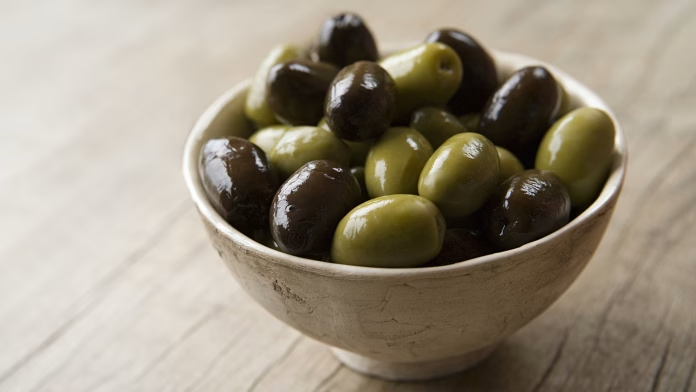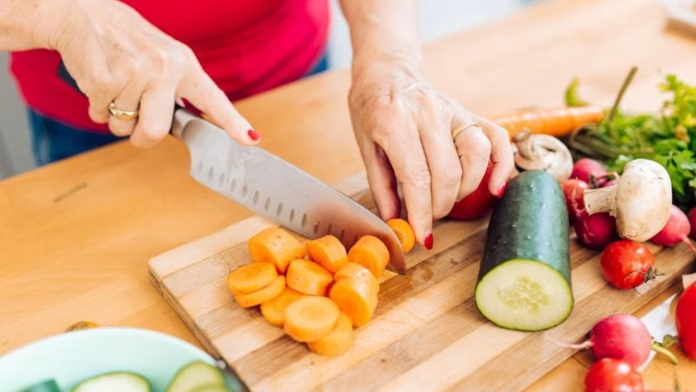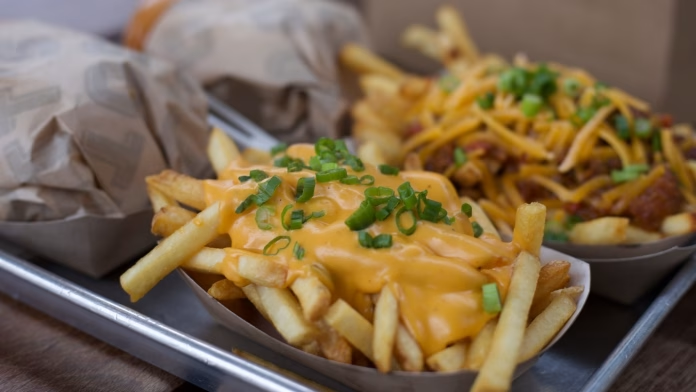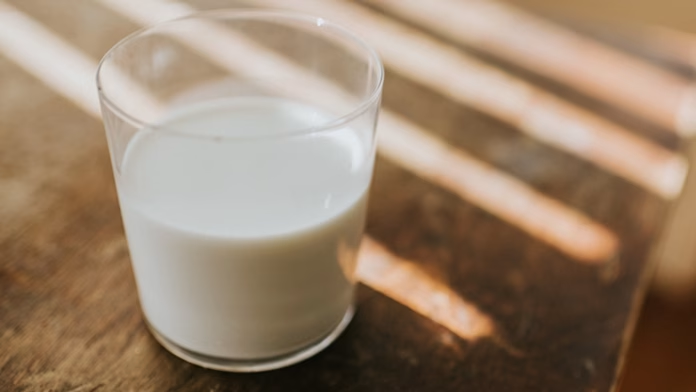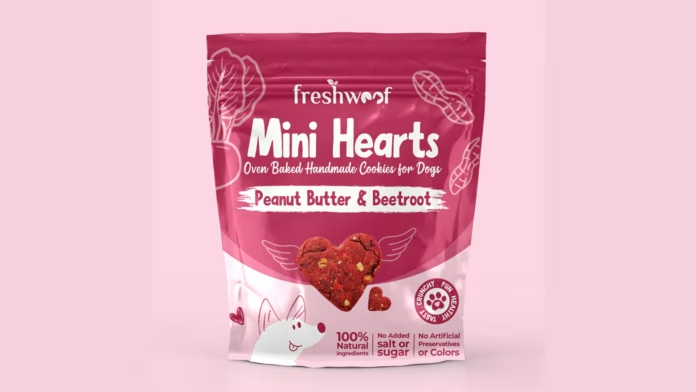Men have always been known to be in search of ways to boost their overall wellness and performance. Whether it is through exercise, diet, or supplements, men are always trying to improve themselves. One supplement that has gained popularity in recent years is the Pure Nutrition ZMA supplement. This supplement is designed to support men’s overall health and performance by providing essential nutrients that are often lacking in their diet. In this article, we will take a closer look at what Pure Nutrition ZMA supplement is, how it works, and the benefits it provides for men’s wellness and performance.
What is Pure Nutrition ZMA supplement?
Pure Nutrition ZMA supplement is a dietary supplement designed to support men’s overall health and performance. It is made up of a combination of zinc, magnesium, and vitamin B6, which are all essential nutrients that play a vital role in men’s health. These nutrients are often lacking in men’s diets, which can lead to various health problems.
The Pure Nutrition ZMA supplement is available in the form of tablets and is suitable for vegetarians. The recommended dosage is two tablets per day, preferably before bedtime. The supplement is manufactured by Pure Nutrition, a leading manufacturer of dietary supplements.
How does Pure Nutrition ZMA supplement work?
The Pure Nutrition ZMA supplement works by providing essential nutrients that are often lacking in men’s diets. Zinc, magnesium, and vitamin B6 play a vital role in various bodily functions that are essential for men’s health and performance.
Zinc is an essential mineral that plays a vital role in numerous bodily functions, including immune system function, protein synthesis, and testosterone production. Zinc deficiency is common in men, especially those who engage in intense physical activity, and can lead to various health problems, including impaired immune system function, decreased testosterone levels, and poor wound healing.
Magnesium is another essential mineral that is essential for various bodily functions, including muscle and nerve function, energy production, and bone health. Magnesium deficiency is also common in men and can lead to various health problems, including muscle cramps, fatigue, and poor bone health.
Vitamin B6 is a water-soluble vitamin that is essential for various bodily functions, including the metabolism of amino acids and the production of neurotransmitters. Vitamin B6 deficiency is also common in men and can lead to various health problems, including depression, cognitive impairment, and anemia. The combination of zinc, magnesium, and vitamin B6 in the Pure Nutrition ZMA supplement works synergistically to provide a wide range of health benefits for men.
Benefits of Pure Nutrition ZMA supplement
Zinc is an essential mineral that plays a crucial role in many bodily functions, including immune system function, protein synthesis, and DNA synthesis. Magnesium is another vital mineral that is required for more than 300 biochemical reactions in the body, including muscle and nerve function, energy metabolism, and protein synthesis. Vitamin B6 is involved in the synthesis of neurotransmitters, which are essential for brain function, mood regulation, and cognitive performance.
The combination of zinc, magnesium, and vitamin B6 in Pure Nutrition ZMA supplement can provide several benefits to men’s overall wellness and performance. Some of the key benefits include:
- Boosting muscle strength and endurance
- Improving sleep quality
- Enhancing immune system function
- Improving mood and cognitive function
- Boosting Muscle Strength and Endurance
Pure Nutrition ZMA supplement can help men build lean muscle mass and improve their strength and endurance. Zinc and magnesium are essential for protein synthesis, which is the process by which the body builds muscle tissue. Vitamin B6 is also necessary for amino acid metabolism, which is the process by which the body breaks down protein and uses it for energy.
Several studies have shown that supplementation with zinc and magnesium can increase testosterone levels in men, which can lead to an increase in muscle mass and strength. Testosterone is a hormone that plays a crucial role in muscle growth and repair, as well as overall health and wellness. By increasing testosterone levels, Pure Nutrition ZMA supplement can help men build lean muscle mass, improve their strength and endurance, and enhance their overall physical performance.
Improving Sleep Quality
Pure Nutrition ZMA supplement can also improve men’s sleep quality, which is essential for optimal health and wellness. Magnesium is a natural relaxant that can help reduce stress and promote relaxation, which can improve sleep quality. Zinc is also involved in the regulation of the sleep-wake cycle and can help improve sleep quality and duration.
Pure Nutrition ZMA supplement contains zinc and magnesium in the optimal ratio, which has been shown to improve sleep quality. Regular consumption of this supplement can help men get better quality sleep, which can improve their overall wellness and performance.
Enhancing Immune System Function
Zinc is a critical mineral that plays a crucial role in immune system function. It is required for the production of immune system cells, including T cells and B cells, which are essential for fighting off infections and disease. Zinc is also involved in the production of cytokines, which are proteins that play a crucial role in immune system function.
Pure Nutrition ZMA supplement contains 800mg of zinc, which can help enhance the immune system function in men. Regular consumption of this supplement can help men stay healthy and avoid infections.
Improving Mood and Cognitive Function
Pure Nutrition ZMA supplement can also improve men’s mood and cognitive function. Zinc and vitamin B6 are both involved in the production of neurotransmitters, which are chemicals that transmit signals in the brain. Low levels of neurotransmitters can lead to depression, anxiety, and other mood disorders.
Magnesium is also involved in brain function and can help improve cognitive performance. Several studies have shown that magnesium supplementation can improve memory, attention, and other cognitive functions.
Boosting Muscle Strength and Endurance
Zinc and magnesium are crucial minerals that play a vital role in muscle function and growth. Zinc is essential for the synthesis of proteins, which are the building blocks of muscles. It also helps in the repair and recovery of damaged tissues, making it essential for muscle growth and strength. Magnesium, on the other hand, is necessary for energy metabolism and muscle contractions. It helps in the production of ATP, which provides energy for muscle contractions. A deficiency of these minerals can lead to muscle weakness and fatigue.
Pure Nutrition ZMA supplement contains 800mg of zinc and magnesium in the optimal ratio, which has been clinically proven to boost muscle strength and endurance. Regular consumption of this supplement can help men improve their muscle performance and achieve their fitness goals.
The Pure Nutrition ZMA supplement is a powerful tool that can help men improve their overall wellness and performance. With its unique combination of zinc, magnesium, and vitamin B6, this supplement can help increase testosterone levels, improve sleep quality, and enhance muscle recovery after exercise. It is also a safe and natural way to support the immune system and maintain healthy skin, hair, and nails. However, as with any supplement, it is important to consult with a healthcare professional before use to ensure it is safe and appropriate for individual needs.


